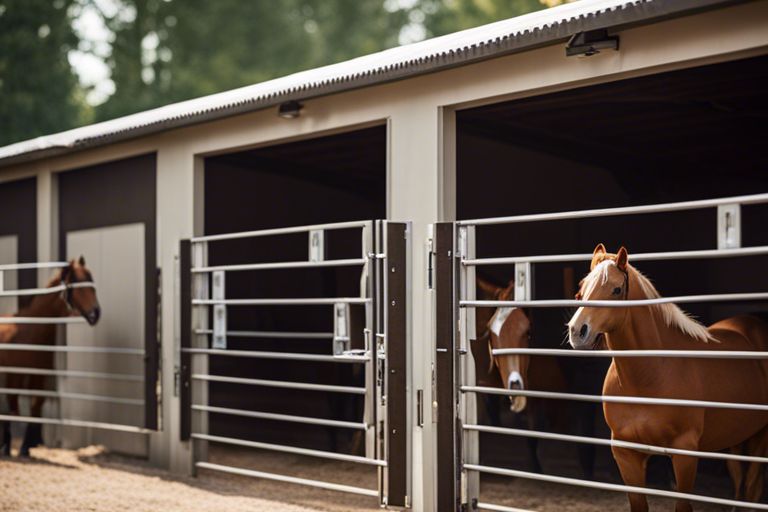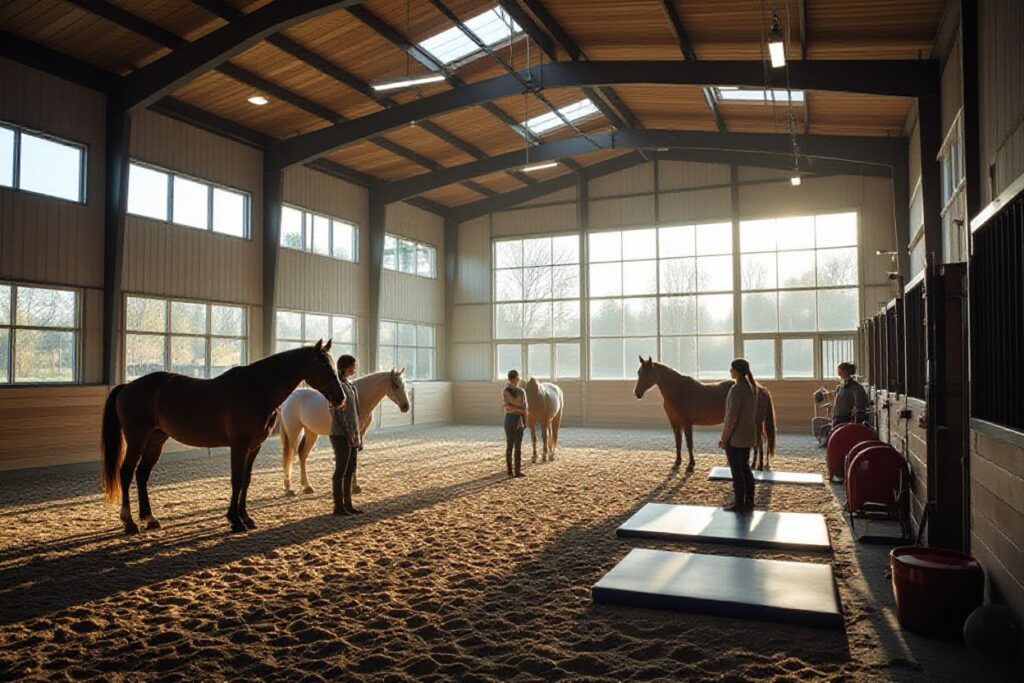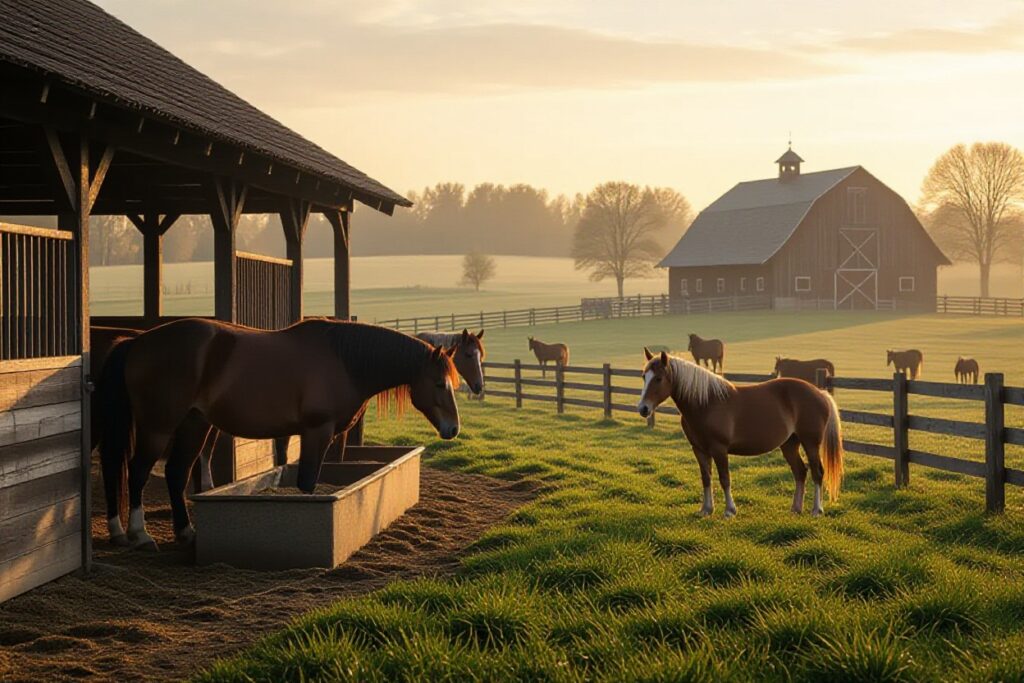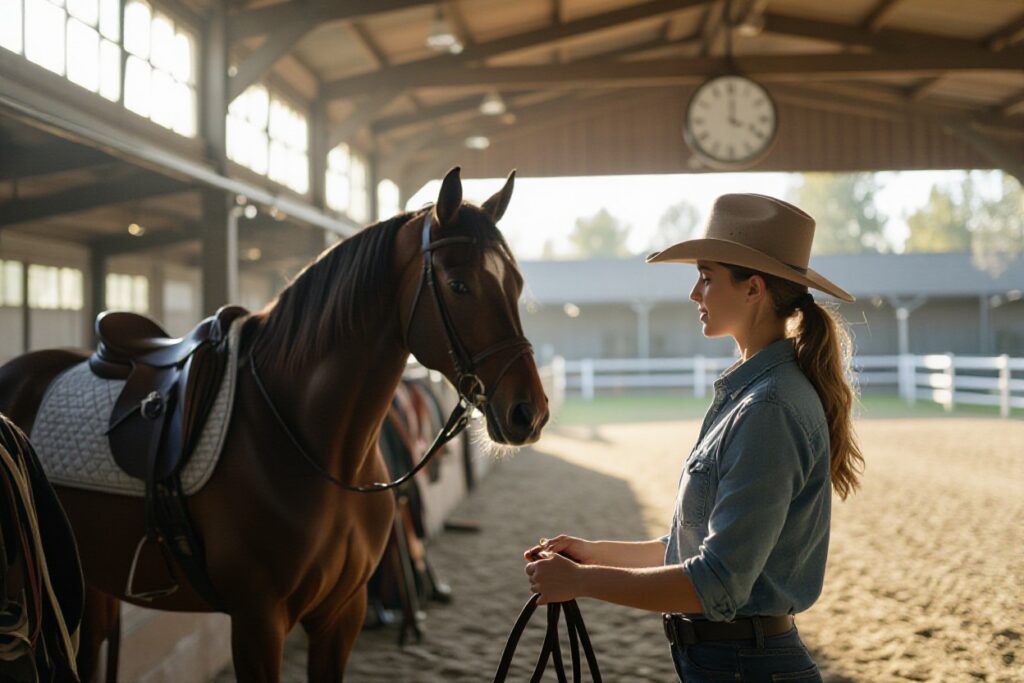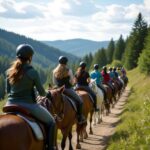Over the fields and stables, protecting your equine companions and belongings is paramount. In the horse community, where trust and security are important, preventing theft is a duty we all share. By taking precautionary measures and staying vigilant, you can safeguard your beloved horses and equipment from falling into the wrong hands. Let’s explore some wise strategies to ensure the safety of your assets and the peace of mind within our equine community.
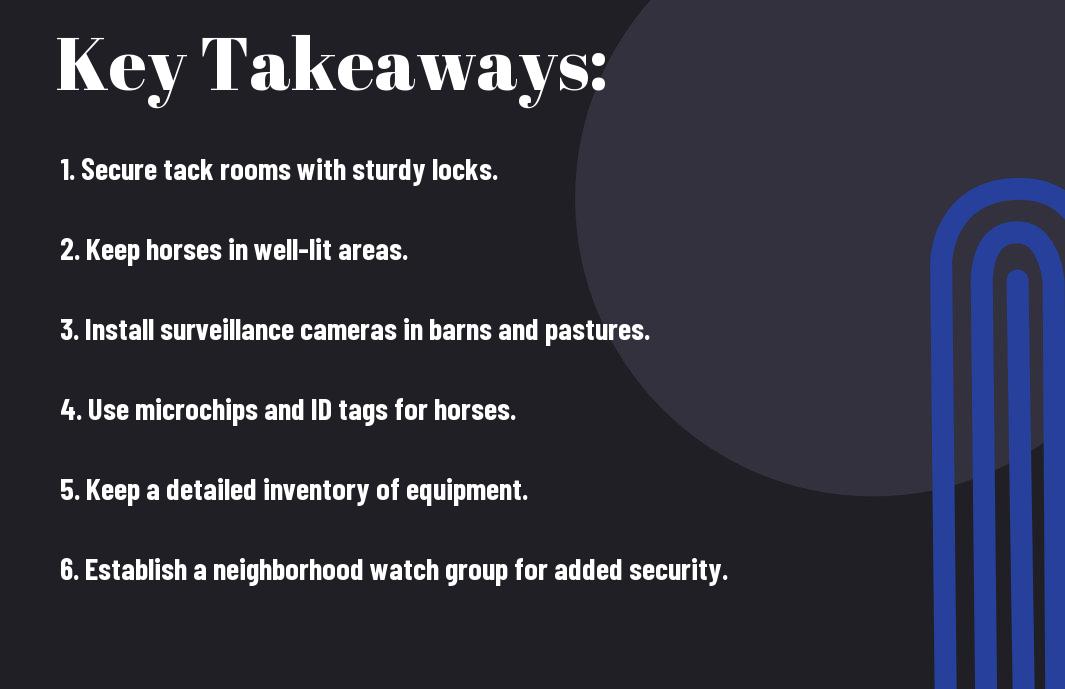
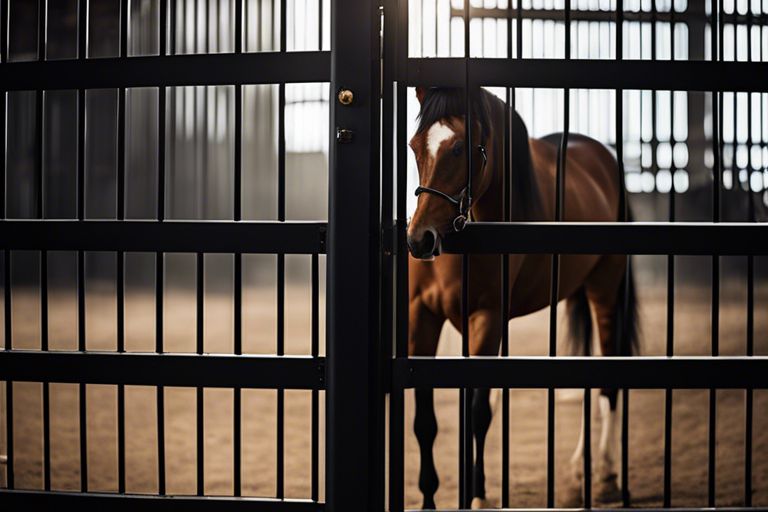
Recognizing the Threat
The prevalence of horse theft
Recognizing the threat of horse theft is crucial in safeguarding your beloved equines. The unfortunate reality is that horse theft remains a prevalent issue within the equestrian community. Thieves may target horses for various reasons, including resale for profit, ransom demands, illegal slaughter for meat, or even personal vendettas. By being aware of this looming danger, you can take proactive measures to protect your horses.
Common tactics used by thieves
For common tactics used by thieves, it’s necessary to be vigilant and informed. Thieves often operate under the cover of darkness, taking advantage of secluded barns or pastures. They may also use deceptive tactics, such as posing as potential buyers or offering fake employment opportunities to gain access to your horses. Another common tactic is altering or removing identifying markings, such as microchips or branding, to impede recovery efforts.
By familiarizing yourself with these tactics, you can better protect your horses from falling victim to theft. Implementing security measures, such as installing cameras, securing fences, and keeping detailed records of your horses’ descriptions and identification, can help deter thieves and increase the chances of recovering stolen horses.
Securing Your Horse’s Environment
If you want to prevent theft in the horse community, securing your horse’s environment is crucial. This involves implementing various safety measures to ensure your horse’s well-being and security.
Fencing and Enclosure Safety
Pertaining to your horse’s enclosure, make sure the fencing is sturdy and in good condition. Inspect it regularly for any signs of wear and tear, and promptly repair any damage. Proper fencing not only keeps your horse safe but also acts as a deterrent to potential thieves.
Locking Gates and Doors
Any gates and doors leading to your horse’s enclosure should be securely locked at all times. This simple step can dramatically reduce the risk of theft and unauthorized access to your property. Make it a habit to check the locks each time you leave your horse unattended.
The additional layer of security provided by locked gates and doors can make a significant difference in deterring thieves from targeting your horse. Consider installing combination locks or key-coded entry systems for added protection.
Installing Security Cameras
The installation of security cameras is a highly effective way to monitor your horse’s environment and deter potential thieves. Place cameras in strategic locations around the property, focusing on entry points and areas where your horse spends most of its time.
One should also consider installing motion-sensor lights to complement the security cameras. These lights can startle intruders and draw attention to their presence, further enhancing the security of your horse’s environment.
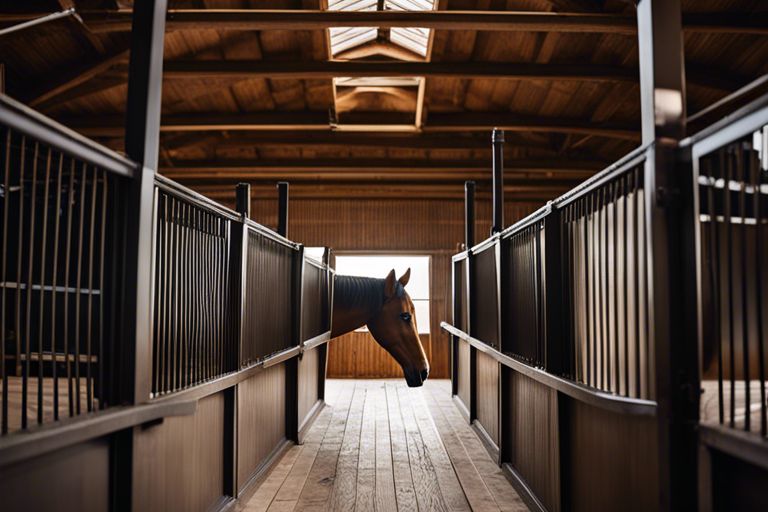
Identifying Your Horse
All horse owners know the bond they share with their animals is special, making them vulnerable to the devastating possibility of theft. Identifying your horse properly is crucial in preventing theft and increasing the chances of recovery if the worst were to happen. There are several methods you can use to make sure your horse is easily identifiable.
Microchipping and DNA profiling
With microchipping and DNA profiling, you can provide irrefutable proof of ownership for your horse. A microchip is a small device implanted under the skin that contains a unique identification number. DNA profiling involves collecting hair samples from your horse for genetic testing, ensuring a match can be made if needed. These methods are widely recognized and can significantly help law enforcement authorities and veterinary professionals in confirming the identity of your horse.
Branding and tattooing
On top of microchipping and DNA profiling, branding and tattooing are traditional methods of horse identification. Brands are unique symbols burned onto the horse’s skin, commonly located on the neck or hip. Tattoos are often found on the inner lip or under the mane. Both methods offer a visible, permanent form of identification that can deter thieves and help in reuniting you with your horse.
Tattooing your horse involves painlessly tattooing a unique number on the inside of the upper lip. This identification method is quick, easy, and can be done by a professional. In the unfortunate event of theft, having a tattooed horse makes it easier for law enforcement to identify and return your beloved animal to you.
Documenting distinguishing features
On top of physical identification methods, documenting distinguishing features such as scars, markings, and specific characteristics of your horse is necessary. Taking clear, detailed photos of these features can aid in proving ownership and assisting in identification efforts in case of theft. Make sure to keep these records in a safe place, easily accessible in case of an emergency.
Your diligent efforts in properly identifying your horse not only protect against theft but also ensure that in the worst-case scenario, you have the necessary information to aid in the recovery process. By utilizing a combination of identification methods and maintaining accurate records, you are taking a proactive step in safeguarding your equine companion.
Reducing Attractiveness to Thieves
Keeping valuables out of sight
Your horse and horse gear are valuable possessions that can attract thieves. Any valuables left in plain sight in your vehicle or trailer may tempt potential thieves to break in. Therefore, keeping valuables out of sight is crucial in reducing the risk of theft.
Avoiding advertising your horse’s worth
Publicly displaying the value of your horse and horse equipment can make them a target for thieves. Avoid discussing the exact value of your valuables in public forums or social media posts. Additionally, refrain from leaving price tags or branding visible on your gear when at events or in public places to prevent attracting unwanted attention.
By avoiding advertising your horse’s worth, you can minimize the risk of attracting thieves who may be scouting for high-value targets.
Maintaining a low profile
Maintaining a low profile in the horse community can help reduce the chances of theft. Try not to draw unnecessary attention to yourself or your belongings by flaunting expensive equipment or discussing financial details in public. Remaining humble about your possessions can deter potential thieves who may be looking for lucrative opportunities.
For instance, refraining from posting photos of expensive horse tack or equipment on social media can prevent thieves from identifying you as a target. By maintaining a low profile, you can protect your belongings and reduce the risk of theft.
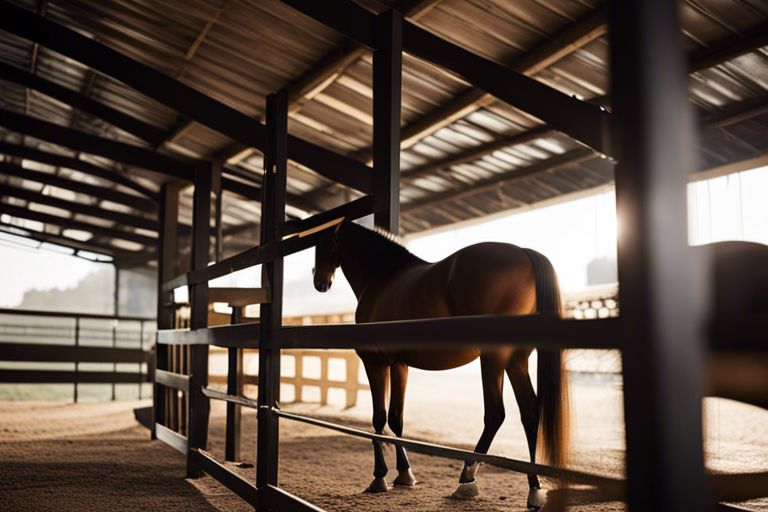
Building a Support Network
Joining horse owner associations
For a strong support network in the horse community, consider joining local horse owner associations. These groups are valuable resources where you can connect with other horse owners in your area, share tips on theft prevention, and stay updated on any suspicious activities reported within the community. By becoming an active member, you not only gain access to valuable information but also contribute to a safer environment for everyone involved in the horse community.
Participating in local horse communities
On your journey to prevent theft in the horse community, actively participating in local horse communities is vital. Attending events, such as local horse shows, clinics, or trail rides, not only helps you build relationships with other horse enthusiasts but also allows you to keep an eye out for any concerning behaviors or individuals. The horse community is interconnected, and by engaging with fellow members, you create a support system that can quickly alert each other to any potential risks.
Local horse communities often have a tight-knit feeling, and members look out for one another. By being an active participant in these groups, you establish trust and rapport with your neighbors, making it easier to communicate about any suspicious activities or concerns related to horse theft. Sharing information and staying vigilant together can significantly reduce the likelihood of falling victim to theft in your area.
Informing neighbors and authorities
Local associations play a crucial role in preventing horse theft by acting as communication hubs between neighbors and authorities. If you notice any unusual behavior or suspect something might be amiss, do not hesitate to reach out to your local association or relevant authorities. By reporting your concerns promptly, you help create a safer environment for all horse owners in the community, potentially preventing future incidents of theft.
Being Proactive
After securing your property and investing in good security measures, being proactive is imperative to prevent theft in the horse community. Here are some proactive steps you can take to safeguard your horse and property:
Regularly checking on your horse
Being attentive and regularly checking on your horse can deter thieves and ensure the well-being of your equine companion. **Strong** Establishing a routine where you spend consistent time with your horse can help you notice any unusual behavior or signs of distress. This practice not only helps in preventing theft but also strengthens your bond with your horse.
Varying routine and schedules
For added security, consider varying your routine and schedules. **Strong** Thieves often observe patterns and routines before making their move, so changing your habits can discourage potential thefts. **Strong** Avoid sharing your horse’s schedule on social media or in public conversations to minimize the risk of someone tracking your movements.
For instance, you can alter the times when you visit the barn or rotate the days you go riding. These simple changes can make a significant difference in deterring criminals and protecting your horse from theft.
Reporting suspicious activity
An imperative part of being proactive is keeping an eye out for any suspicious activity in your area or barn. **Strong** If you notice unfamiliar individuals hanging around the barn or behaving strangely, report it to the authorities immediately. **Strong** It’s better to address a potential threat early on rather than waiting for a situation to escalate. By being vigilant and proactive, you can help prevent thefts and keep your horse safe.
To wrap up
Hence, it is crucial to take proactive steps to prevent theft within the horse community. By implementing security measures such as installing cameras, using unique and secure locks, and practicing good stable management techniques, you can greatly reduce the risks of theft. Additionally, collaborating with your fellow horse owners and reporting any suspicious activity to local authorities can help create a safer environment for everyone.
Q: How can I prevent theft in the horse community?
A: There are several measures you can take to prevent theft in the horse community. This includes keeping your horses securely locked in a barn or pasture, ensuring the area is well-lit and secure, using identification methods such as microchipping or branding, and keeping detailed records of your horses’ descriptions and markings.
Q: Are there any specific security systems or devices that can help prevent theft?
A: Yes, installing security cameras, motion-sensor lights, alarms, and padlocks on gates and doors can help deter potential thieves. Additionally, GPS tracking devices can be attached to your horse’s halter or bridle to help locate them in case of theft.
Q: What should I do if I suspect theft or notice suspicious activity around my horse property?
A: If you suspect theft or notice any suspicious activity, contact local law enforcement immediately. Provide them with a detailed description of the situation, any relevant details, and if possible, video footage from security cameras.
Q: How can I safeguard my tack and equipment from being stolen?
A: To safeguard your tack and equipment, store them in a secure tack room or locker that can be locked with a sturdy padlock. Consider engraving or marking your equipment with your name or initials to make them easily identifiable in case of theft.
Q: Are there any community organizations or resources that can help prevent theft in the horse community?
A: Yes, many communities have neighborhood watch programs or horse owner associations that focus on preventing theft in the horse community. Joining these organizations can provide you with valuable information, resources, and support in safeguarding your horses and property.
